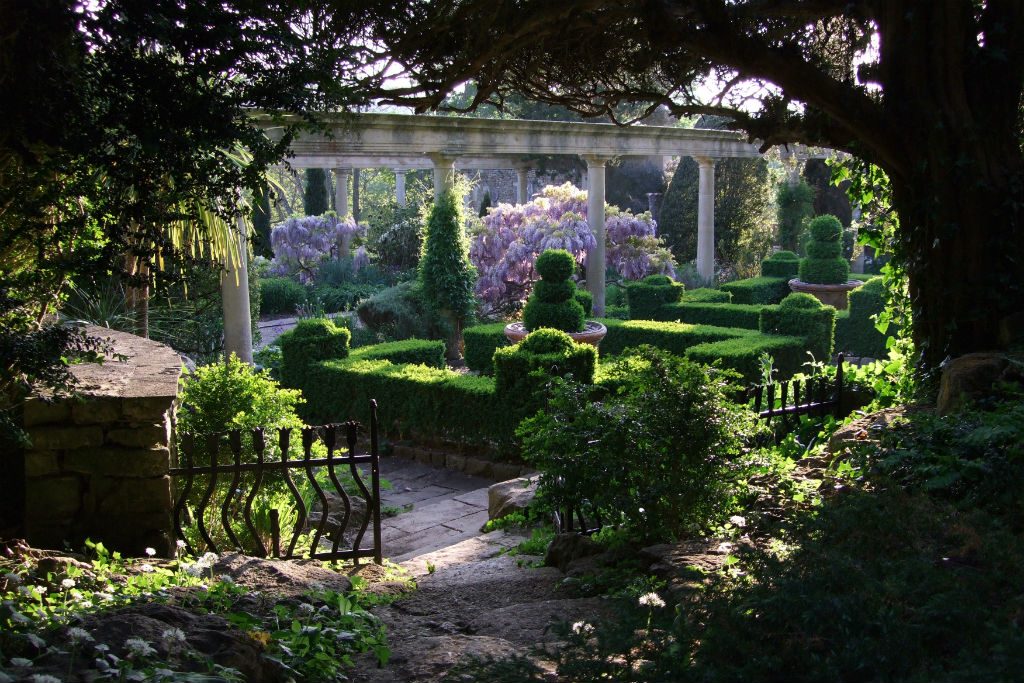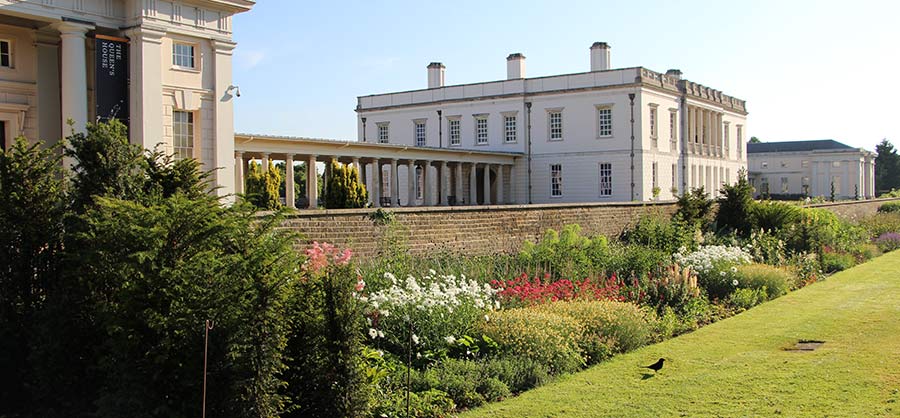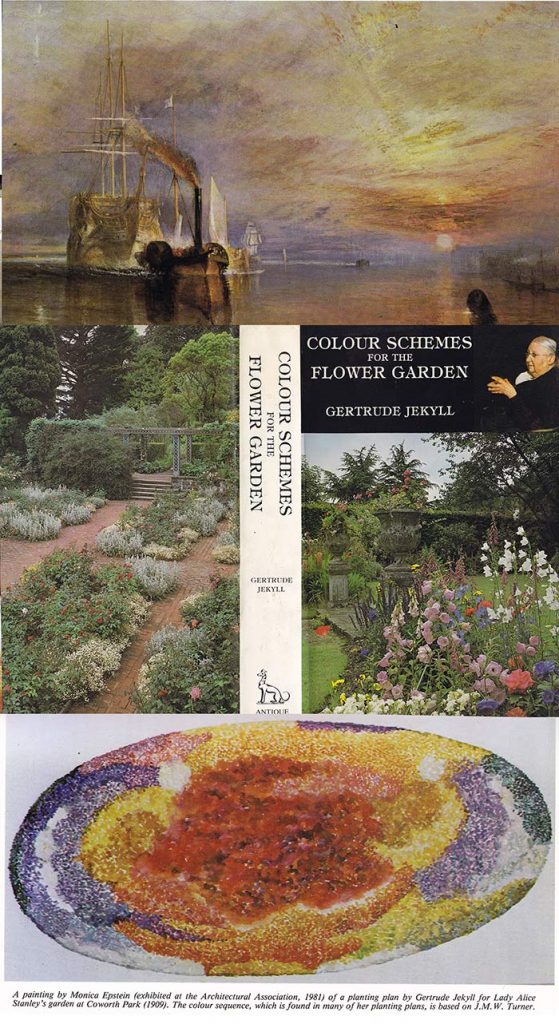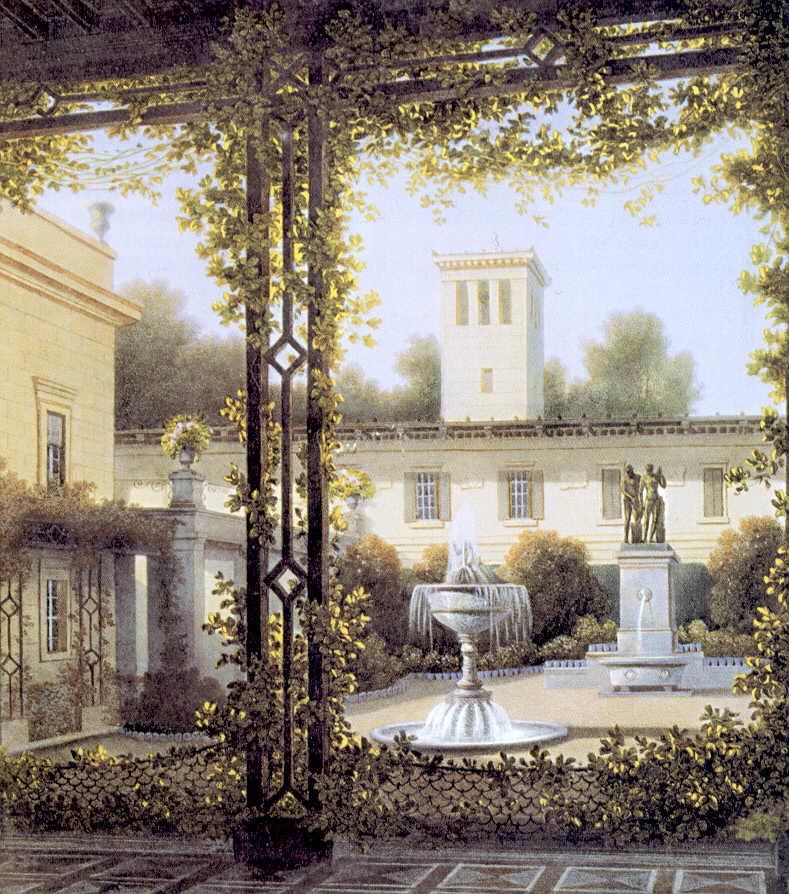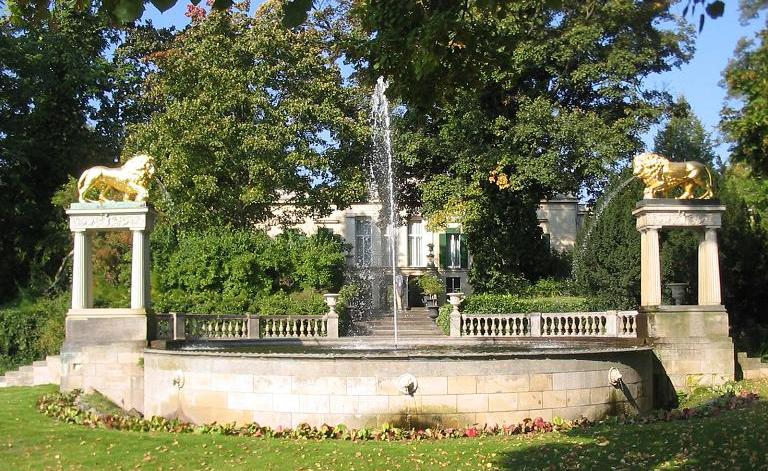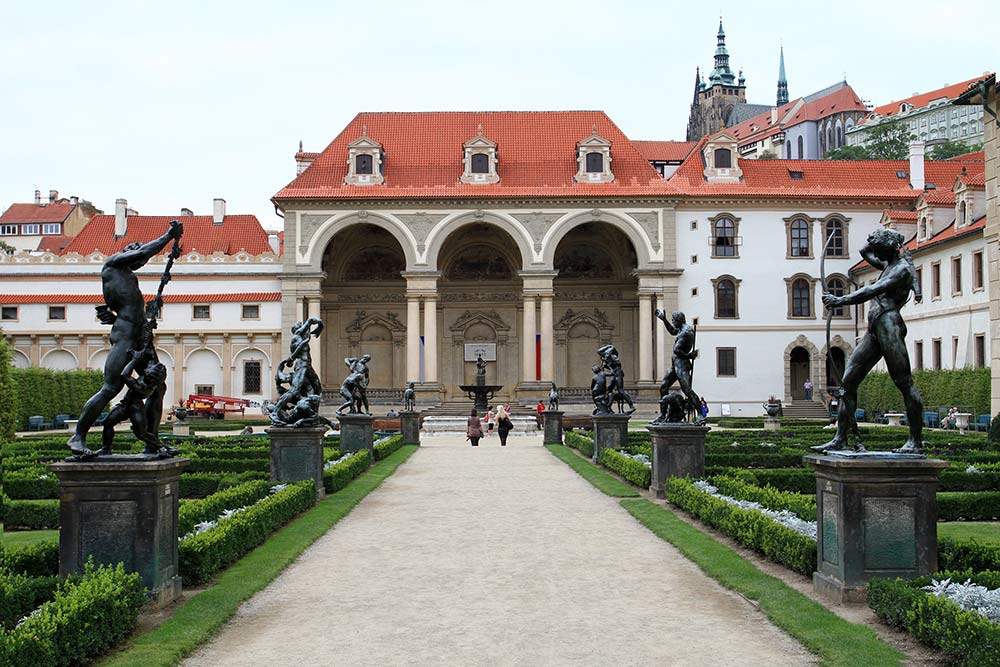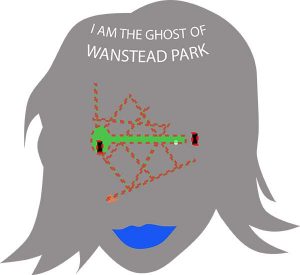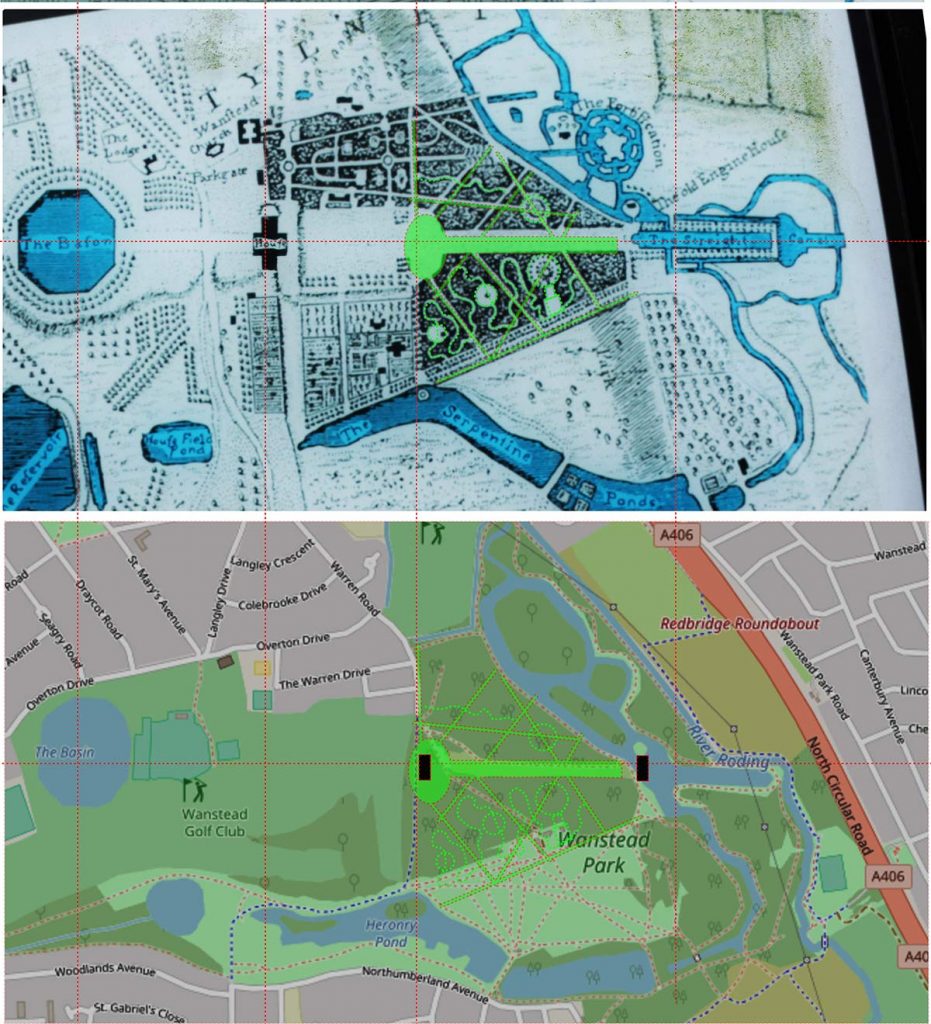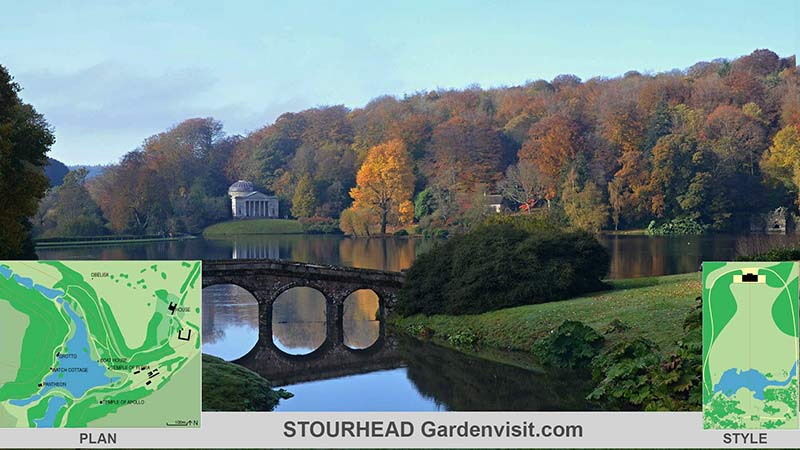Remembering visits to the Peto garden always gives me a good feeling. I love its peacefulness, its seclusion and its period redolence.
Author Archives: Tom Turner
Seven restoration projects of garden history importance – two in Greenwich Park
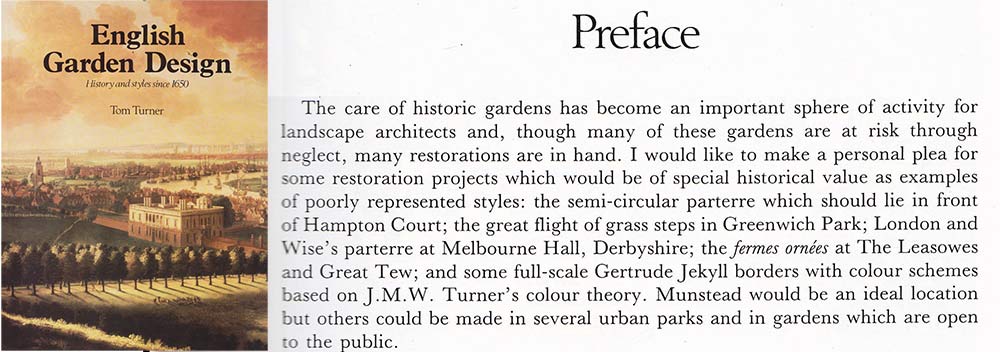
A proposal for 7 historic garden restoration projects in the preface to the first edition of Tom Turner’s English Garden Design
I proposed 7 garden restoration projects in 1986, and reported on what had happened in 1998:
The Preface to the 1986 printed edition of this book made ‘ a personal plea for some restoration projects which would be of special historical value as examples of poorly represented styles’. The plea had no influence upon events but the following update may be of interest to readers: (1) The semi-circular parterre at Hampton Court, known as the Fountain Garden, has not changed. But the nearby Privy Garden has been restored with the greatest possible care for historical accuracy. I believe this was an error of judgement: the Privy Garden is an unremarkable as a Baroque parterre but looked good in its picturesque 1986 condition. The Fountain Garden remains rather ugly but would have been very splendid – if restored in the manner of the Privy Garden. (2) The Giant Steps in Greenwich Park have not been restored. The Royal Parks Agency commissioned a design for a Baroque water cascade on the site. It was opposed by the local people. I can see a strong case for restoring the original steps which would have been like Bridgeman’s theatre at Claremont Landscape Garden. Or one could make a respectable case for a new design on the site. But ‘restoring’ a cascade which never existed would have been illogical. (3) The Leasowes is now run as a country park. (4) Nothing has been done about the parterre at Melbourne Hall or the ornamental farm at Great Tew (5) Gertrude Jekyll’s garden at Munstead Wood is, I am delighted to report, being restored.
It’s time for another update:
- The semi-circular parterre at Hampton Court has not been restored and the Privy Garden still lacks the aesthetic quality it had before it was restored
- ‘Restoration’ of the Giant Steps in Greenwich Park is under consideration and may well happen – I will do a blog post about this soon
- The Leasowes is still run as a country park and with little regard for the outstanding importance of William Shenstone’s conception
- Nothing has been done about the parterre at Melbourne Hall
- Nothing has been done about the ferme ornée at Great Tew
- Good restoration work has been done at Munstead Wood and it is open to the public by appointment
- I suggested ‘some full-scale Gertrude Jekyll borders with colour schemes based on J.M.W. Turner’s colour theory’
With regard to the 7th suggestion, I was thinking about the long border in Greenwich Park but did not mention it because the Giant Steps seemed more important. In 2013, The Royal Parks appointed Chris Beardshaw to ‘completely redesign the border’. I have often admired his work at Chelsea and am sure he did a good job for Greenwich. But there are lessons to be learned:
- The quality of the long border is poor. This may because you can’t just ask an expert to design a herbaceous border. You need to expert to have responsibility for its management and review the design very frequently. It’s best to have the expert working on the border and thinking about it all the time. Is this plant doing too well? Why is that plant suffering? Would it be better if those two plants were not side by side? do those colours go together?
- The Royal Parks Agency (as it used to be) lacked expertise in the design and the design history of parks, gardens and landscapes. So they probably did a poor job in briefing Chris Beardshaw.
- The Royal Parks are really bad at involving volunteers in the management of parks and gardens. This is a tragic wasted opportunity for bringing in resources of mind and brain and involving the community.
Huphry Repton, the Schlosspark Klein-Glienicke and landscape architecture
<
Humphry Repton’s influenced landscape and garden design outside as well as inside the UK. I see his books as England’s most important contribution to the theory of garden design and landscape architecture. They were lavishly produced, opulently published and sought after by collectors. Foreign travel was enormously hard in his lifetime, not least because of the Napoleonic wars, and many people found out about the English style of making gardens from books. Among them was Peter Joseph Lenné.
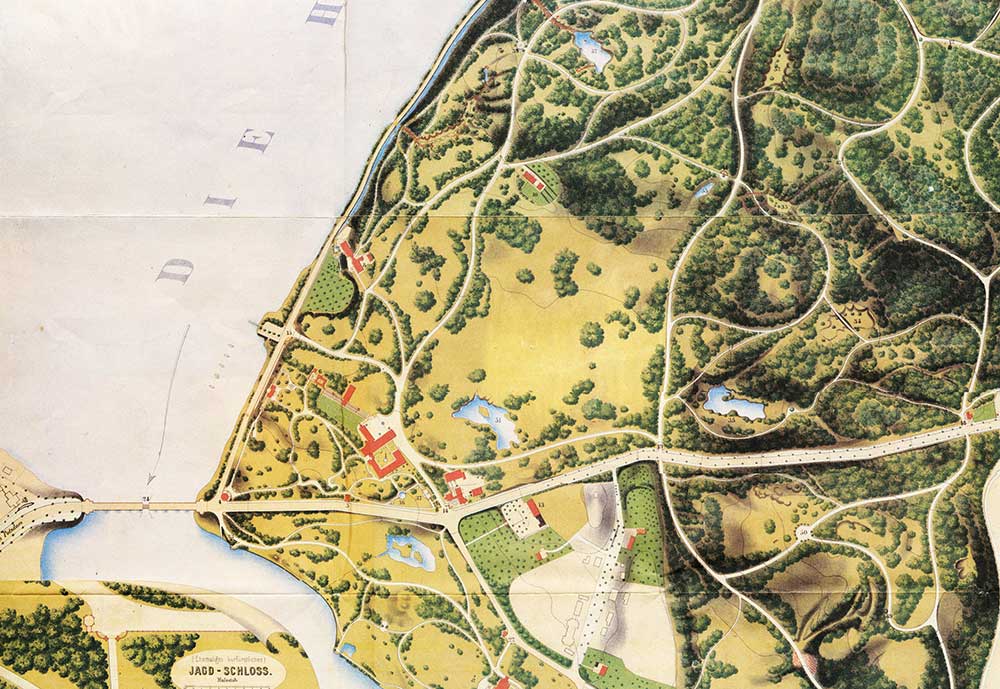
The Klein-Glienicke garden has a domain of art near the house, a Brownian park and distant views of lakes and forests
The Schlosspark Klein-Glienicke in Potsdam Berlin was designed by Lenné with help from Prince Hermann von Pückler-Muskau. The latter invited Humphry’s son, John Adey Repton, to Potsdam. Though remembered as an architect, and not known to have helped with the Glienicke design, John was familiar with his father’s theories. The Glienicke layout shows clear evidence of Repton’s Landscape Style.
Glienicke was planned with a Beautiful area near the house and a transition to a Picturesque park (in the Serpentine Style) and a Sublime background (the Potsdam lakes and forests).
After their republication by John Claudius London, Humphry Repton’s works had a wide influence on the English-speaking world and were a starting point for Frederick Law Olmsted’s practice and the development of landscape architecture as an organised profession. Repton also influenced UK town and country planning with the principles that:
- cities should be compact
- agricultural land should be protected from urban sprawl
- national parks and natural parks should be protected from development
The Wallenstein Garden was made by one of Europe’s greatest military commanders
The garden is beautiful and secluded. But the Wallenstein Garden in the Czech Republic was made by a cold, egotistical and autocratic man. In his plays about Albrecht von Wallenstein, Friedrich Schiller wrote that
- Life is earnest, art is gay.
- Posterity weaves no garlands for imitators.
The design style of the garden is somewhere between Early and High Baroque on our Garden History Style Chart.
Wanstead Park proposed regeneration, restoration and Ghost
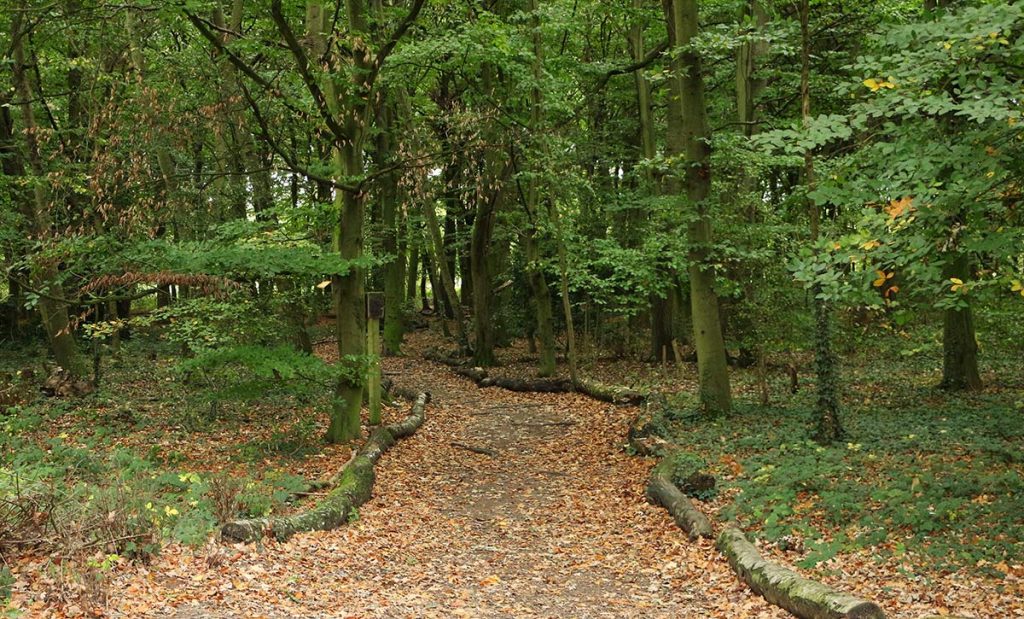
This Wanstead Park footpath suggests an easy way of marking the lines of the old axial lines on the forest floor
Wanstead Park used to be one of the greatest late-Baroque gardens in England. It survives with half the land used as a golf course and the other hand cared for by the City Corporation, which merits its great reputation as a benevolent land owner and manager. Wanstead was purchased as part of Epping Forest in the 1880s. It is now managed as what might be called a forest park. Could it restored? Should it be restored? The Friends of Wanstead Park have a good answer: ‘In recent years the Friends of Wanstead Parklands and the City of London Corporation have formed a partnership to reveal the ancient landscape and make the park more accessible to the local communities and those from further afield’.
But what would this involve? With no great house, a different use, no significant resources and only half the site, it can’t go back to the early 18th century? My suggestion is to celebrate The Ghost of Wanstead Park. This is how she might look. Her face is gone forever. Her shadow sleeps on the forest floor.
To give her life, I suggest:
- placing a structure at both ends of the main axis, to give her eyes
- sharpening the edges of the main axis, which is formed by trees and by the edges of the canal
- placing logs on the forest floor to mark the positions of the old axes
The two plans, below, show the Wanstead Park in its prime and Wanstead Park with a Ghost sleeping on the forest floor for the curious to meet.
Stourhead is a great English landscape garden
Stourhead Landscape Garden has a good claim to being ‘England’s greatest landscape garden’. Though changed, as all gardens must change, it retains much of its eighteenth century character. Tour operators are right to make it a priority in English garden tours.
Henry Hoare’s aim was to recreate the landscape of antiquity. Not having too clear an idea of what it looked like, he turned to the great landscape painters of Italy, including Claude Lorrain and Nicholas Poussin.
In the Great Gardens postcard, below and at the start of the video, the plan of Stourhead is on the left and the garden design style diagram it represents is on the right. The Gardenvisit.com style chart shows this style in its historic position. Stourhead owes much to Augustan ideas.

